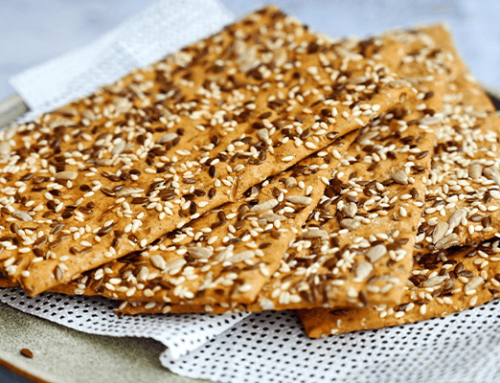Vitamin D Sources
Vitamin D is involved with calcium regulation in the body, bone health, and immunity, and is helpful in reducing inflammation. It plays a key role in protecting the body in many capacities and may be important to monitor in those with osteoporosis, cancer of the breast, lung, skin, colon, bone, colorectal, and prostate. It may also play a role in lowering BP, decreasing back pain, psoriasis, diabetes, fatigue, osteomalacia, Paget’s disease, PCOS, SAD, and tuberculosis.
Vitamin D can be obtained through the diet but very few foods naturally contain vitamin D and are instead fortified. Vitamin D can also be made in the body when ultraviolet rays hit the skin. The best time to expose the skin to the sun is approximately between 11-3pm.

Vitamin D and the SUN
It’s important to start slowly with sun exposure so as to avoid burning. 10-15 minutes, or until a very light pink on the skin is detectable is ideal and every few days (and as tolerated), the time can be extended until a healthy tan forms.
It’s never healthy to burn, but many sunscreens contain a highly toxic ingredient: oxybenzone. The FDA reported that this and other chemicals in sunscreens can stay in the blood for at least 3 weeks.
Currently, zinc oxide and titanium dioxide are the only two active ingredients the FDA recognizes as safe and effective. It’s important to note, however, that sunscreen regulations haven’t been updated since 2011 and all sunscreens, even mineral-based, may come with some risks of including nanoparticles that can cross the blood-brain-barrier and also may be detrimental to aquatic life.
In cases of needing to be outdoors for long periods of time, check out some of the highest-rated sunscreen options recommended by the EWG (environmental working group).
Food Sources:
| Food | Serving Size | Vitamin D3 (IU) |
|---|---|---|
| Cod Liver Oil | 1 tablespoon | 1,360 |
| Swordfish, cooked | 3 ounces | 566 |
| Salmon (sockeye), cooked | 3 ounces | 447 |
| Tuna Fish, canned in water, drained | 3 ounces | 154 |
| Sardines, canned in oil, drained | 3 ounces | 46 |
| Liver, beef, cooked | 3 ounces | 42 |
| Egg | 1 whole | 41 |
| Swiss Cheese | 1 ounce | 6 |
| Food | Serving Size | Vitamin D2 (IU) |
|---|---|---|
| Shitake Mushrooms, cooked | 1 cup | ~200 IU |
Recommended Dietary Allowances (RDAs):
| Age | Male | Female | Pregnant | Lactating |
|---|---|---|---|---|
| 19-50 | 600 IU daily | 600 IU daily | 600 IU daily | 600 IU daily |
SUPPLEMEMNTATION
If supplementation has been recommended, it’s important to take your Vitamin D supplement with the heaviest, fat-containing meal for best absorption. Vitamin D3 is 3-9x more potent than D2 and more stable, and binds more efficiently to Vitamin-D-binding proteins in the blood, so look for D3 over D2.




